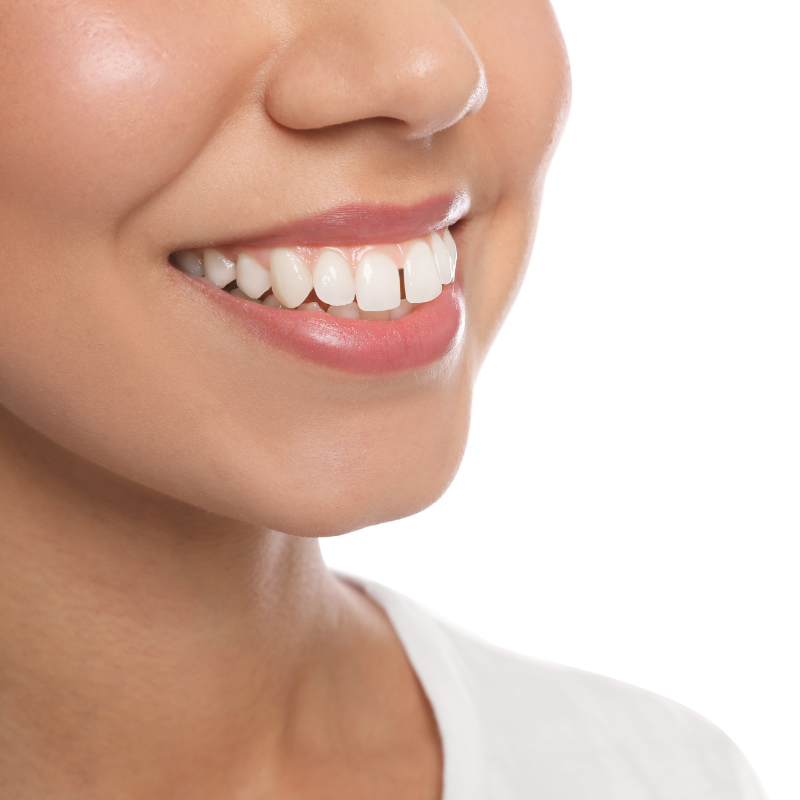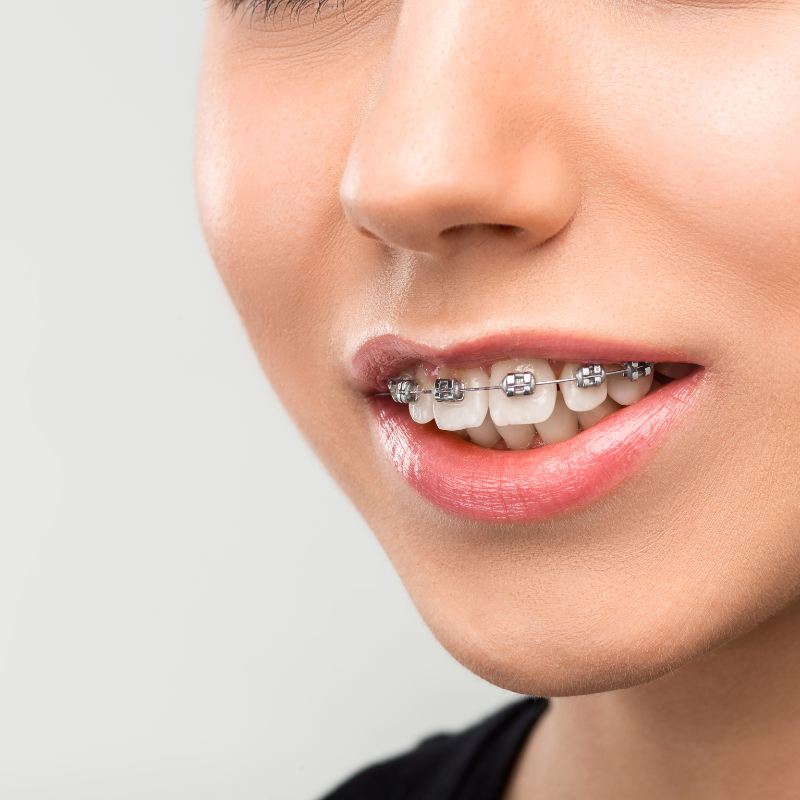Can Clear Aligners Fix an Overbite? Let's Explore the Possibilities
You know that look when someone's front upper teeth stick out a bit too far, overlapping their lower teeth?
That's called an overbite, and it's a common issue many people deal with.
Sure, some overbites are subtle and barely noticeable. In other, more severe cases, an overbite can lead to tooth decay, gum disease, and bite problems down the road.
In recent years, clear aligners have emerged as an effective and popular alternative to traditional metal braces for correcting bites and straightening teeth.
In this article, we explore how clear aligners can be used to fix an overbite.
Understanding Overbite: What Is It?

When the jaw is closed, the front upper teeth overlapping the lower teeth vertically is known as an overbite.
A normal overbite is around up to 4mm or 25% to 30% overlap of the lower incisors. An overbite beyond 4mm can be considered excessive and may lead to dental problems.
Common causes of overbite include genetics, prolonged pacifier use or thumb sucking, tooth loss, and abnormal jaw growth. An overbite may be accompanied by an overjet, which is when the upper teeth extend horizontally beyond the lower front teeth.
Clear Aligners: How Do They Work?
Clear aligners like Invisalign consist of a series of customized, transparent plastic trays that fit over the teeth.
Each set of aligners applies controlled force to gradually shift the teeth into a better position over several months. The aligners are periodically replaced with new ones as teeth move into their new positions.
Many patients use Movemints to seat the new aligners properly.
These Xylitol Mints have a patented design and when they are gently bitten, the aligner trays move comfortably into place. They can be enjoyed in three refreshing flavors: spearmint, minty chocolate, and orange.
Clear aligners utilize precision pressure areas and attachments on certain teeth to control their movement. Aligners not only move teeth but can also correct overbites by using attachments that influence the direction of tooth movement as well as jaw position.
Case 1: Mild Overbite

In the case of a mild overbite, where the overlap is 4-8 mm, clear aligners can be highly effective. The treatment duration for mild overbites is typically shorter, often within 6-12 months, depending on the treatment plan. Consistent wear of the aligners and regular dental visits are crucial to achieving a balanced bite.
Case 2: Severe Overbite

Most overbites can be corrected with orthodontic treatment. However, when jaw issues are present, oral surgery might be needed. When the overbite is 9mm or more, it is considered severe.
Your orthodontist may recommend braces to begin your treatment if your overbite meets certain criteria. After your overbite corrects into the 4 to 8 mm range, clear aligners may become an option.
For teens, Invisalign aligners have a mandibular advancement system that moves the bottom jaw forward while the teeth are being straightened.
With diligent wear of aligners as directed, most severe overbites can be non-surgically treated within 24 months.
Benefits of Using Clear Aligners for Overbite Correction
There are many advantages to using clear aligners instead of braces to fix overbites:
- Aligners are removable, allowing normal eating, drinking, and brushing.
- Unlike braces, they are nearly invisible, improving confidence.
- They are more comfortable with less irritation than braces.
- Aligners are metal-free and safe for activities like sports.
- Progress is visible at each stage.
- They are smoother and more hygienic than braces, reducing decay and white spots.
Things to Consider When Using Clear Aligners for Overbite
While aligners effectively treat overbites, some important factors to keep in mind:
- Aligners may not work as well as traditional braces for very complex cases.
- Success depends on wearing aligners 22+ hours daily and removing them too often can prolong treatment.
- Adjusting to aligners can temporarily cause speech issues and irritation.
- Proper cleaning and safe aligner storage are necessary for safe and effective treatment.
Frequently Asked Questions
How long does it take to correct an overbite with clear aligners?
The time to correct an overbite with clear aligners depends on several factors like severity, age, compliance, initial alignment, jaw issues, and response to treatment. Mild cases may take 12-18 months. More severe cases can take up to 24 months. Diligent wear and check-ins with an orthodontist are key for successful correction.
Are there any side effects of using clear aligners to fix an overbite?
Common temporary side effects include tooth soreness, lisp, gum/cheek irritation, increased saliva, difficulty removing aligners, bad breath, and dry mouth. These usually resolve with time.
Developed by an orthodontist, Movemints can be used to seat aligners comfortably and fight bad breath and dry mouth. They are sugar-free and taste great!
How to maintain results after overbite correction with clear aligners?
After your overbite treatment is finished, maintain your results by wearing a retainer (if advised) and attending regular dental appointments. Regular checkups will catch problems before they affect the alignment of your teeth.



